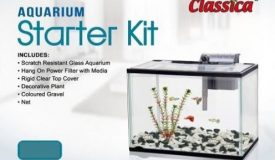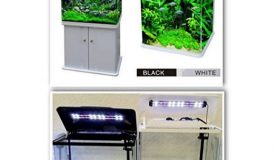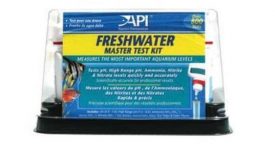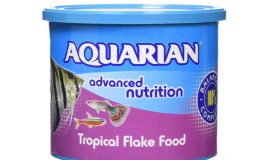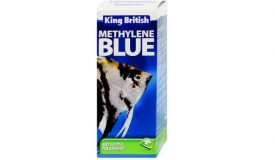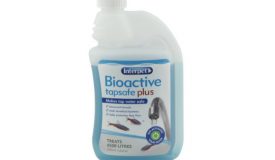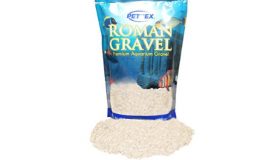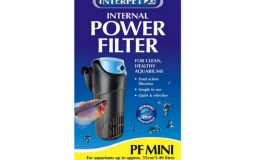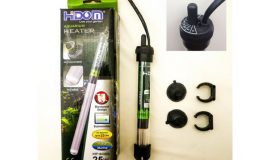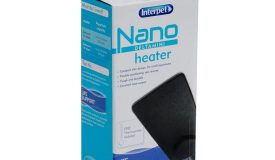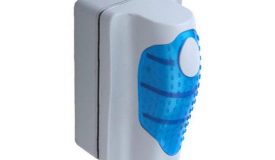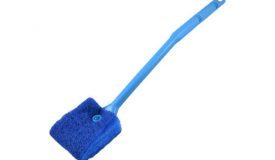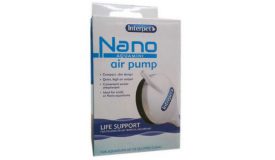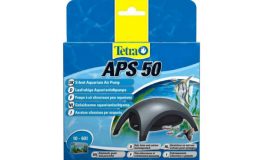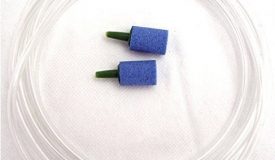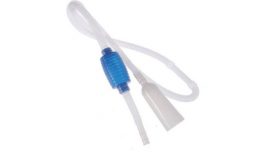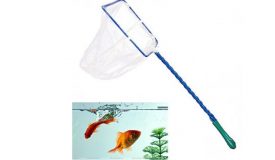As a general rule, tropical fish should not be on this list. Although more colourful than most temperate fish, they are a lot harder to keep and considerably more expensive to buy. They also require heaters and specialist treatments to keep them happy and healthy. Therefore adding to the daily maintenance costs.
However, there is one exception to the rule, which has made it possible to list them at number 2, and this is because of the betta fish or Siamese fighting fish.
These beautiful tropical fish come in all sorts of colours and can be kept alone in a small tank requiring very little attention.
Despite needing a heater, the smaller tank size means it does not cost much to heat the tank to the desired temperature of 25C.
As their name Siamese fighting fish suggests, they are aggressive towards other fish, especially their own kind, so are better kept alone, especially the males which are more colourful and beautiful. This makes them ideal cheap pets, that are easy to keep.
The beautiful colours of the betta fish also make them very popular beginner fish.
These fish are said to have personalities and will even respond to human interaction.
What you will need for a betta fish tank:
To start with you will need a small tank which can hold at least 9-12 litres to ensure your fish has room to grow, swim and stay healthy. As the betta will be alone, this size is necessary mainly to ensure it can support the other equipment, such as the filter and the heater etc. As you don’t want the current from the filter to be too aggressive and the heater to burn the fish.
You will also need:
- a light so that you can watch the fish
- an air pump and air stone, to aerate your tank
- gravel or sand to mimic a sea bed
- a thermometer to check the temperature of your tank
- a net to move your fish easily
- a siphon cleaner to aid water changes and hoover the bottom of your tank of debris
- a bucket to collect dirty water in
- tubing for air stones
- live plants to give your fish shade to hide in and sleep under
- rocks/ log (optional) for decoration
- Water dechlorinator / water conditioner to remove harmful toxins from tap water
- Fish Medication
- Fish food to feed your fish
Some the items you will require for your new pet can be found to the right of this page.
This is a cheap tank to set up and your maintenance costs will be kept lower by the fact that there will be no vet bills.
How to set up a betta fish tank
Important: Remember to ‘cycle’ your tank for a week or two before you add your fish. This means run your tank as normal, but ‘without the fish’ in it, to ensure ‘healthy bacteria’ grow in your tank, especially your filter, to protect your fish once it is added. This will reduce the risk of your fish getting sick or developing a disease.
If you’d prefer your betta not to be alone, then why not add some of the following tank mates to keep them company, (provided you have a large enough tank – minimum 24 litres).
The following can be kept together because they share similar water conditions, food requirements and compliment eachother.
Suitable tank mates include:
White cloud mountain minnows – they come in different colours and should be kept in groups of 5 +. They do prefer cooler temperatures, but can co-habit at around 75F or 23C.
Cherry Shrimp – they come in different colours but should be kept in groups of the same colour
Aquatic frogs – they share similar water parameters
Aquatic Snails – Will keep the tank clean and not be eaten by the betta.
Note:
Although other tropical fish, such as rasboras and tetras, clown plecos etc. could be included in a betta tank, they haven’t been chosen here, because they need to be kept in shoals of 5+, and clown plecos in particular grow to 4 inches, hence need much larger tanks.
This would mean the cost of maintenance, would be much higher.
For the more information about the best aquatic plants for beginners read:
‘Live aquarium plants for beginners’
For more information about how to set up an aquarium read:
‘How to set up and run a healthy aquarium’
Some essentials you may require for your new pet
Click on the items to find out more.

